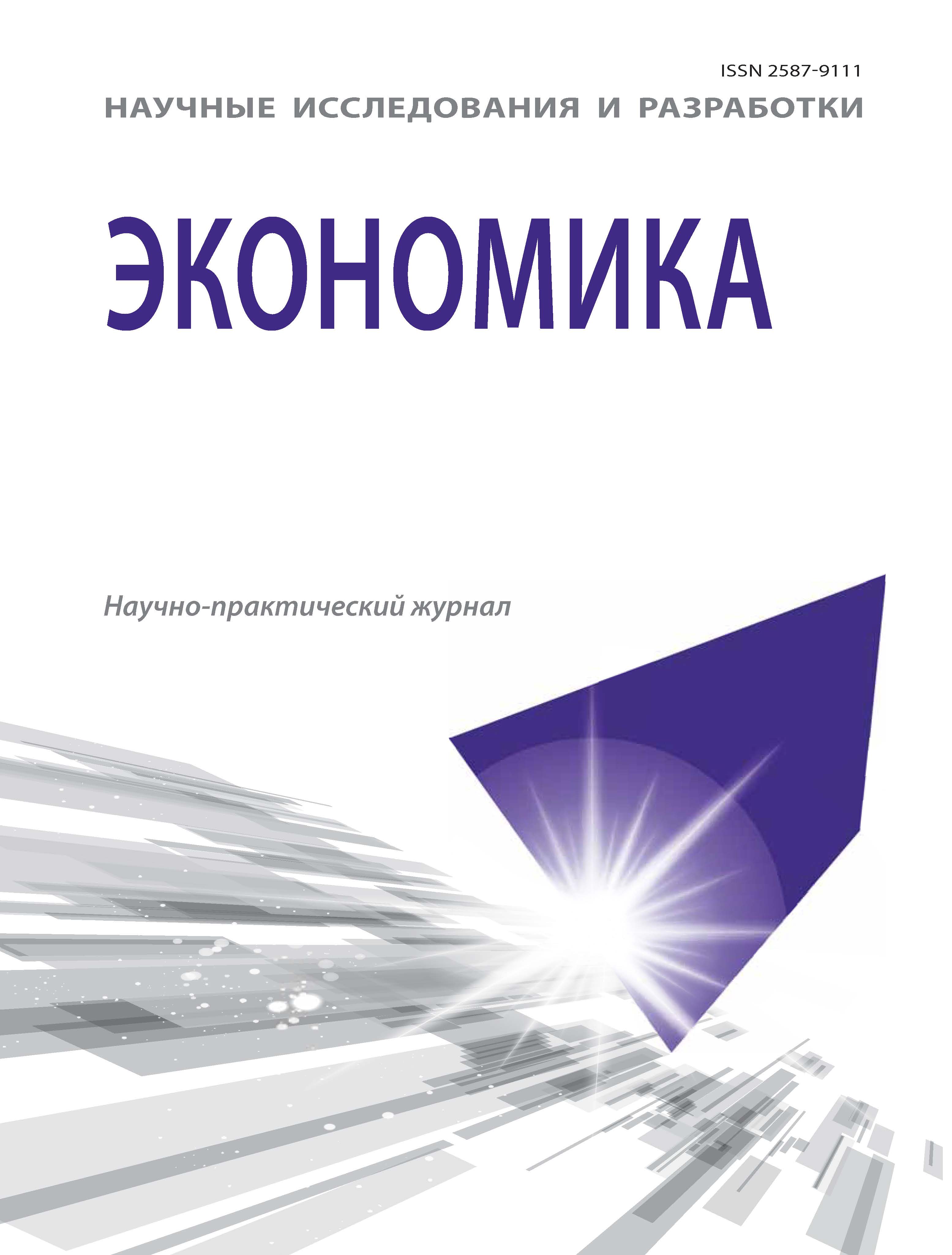Tula, Tula, Russian Federation
The paper presents research program for studying the Kondratieff cycles and technological modes in the Russian and foreign countries economies. It is proposed to identify Kondratieff (long) cycles through the use of spectral analysis and econometric models of economic dynamics, and further, based on findings on Kondratieff cycles, to design models of economic dynamics that reflect the productivity of different technological modes. It is further proposed to build technological modes based on V. Maevsky’s proposals. To evaluate how production factors affect the process of technological modes development the author proposes to build econometric models in the form of Cobb-Douglas functions. To feed the models cross-sectional data provided by the Russian Federal State Statistics Service should be used with the breakdown by regions. Through the above-mentioned techniques the author has succeeded in identifying Kondratieff cycles for a number of developed economies. Using the econometric models with piecewise linear functions of technological modes impact the author evaluates of modern technological modes efficiency in the developed economies. Also the development of the fifth and the sixth technological modes in the Russian economy is assessed. The author also forecasts the pace of transiting to new technological modes in the RF and the foreign countries for the period until 2030. It is evidenced that if current trends are in play, the percentage of new technological modes in Russia will reach 30 per cent, while in the developed economies the percentage of new technological modes will get close to 100 per cent.
Kondratieff cycles, technological modes, cost estimate, forecast,spectral analysis, econometric models.
Введение
Выдающийся русский ученый Н.Д. Кондратьев в 1920-е гг. обратил внимание на то, что в долгосрочной динамике некоторых экономических индикаторов наблюдается цикличность с периодом порядка 50 лет. В дальнейшем было выполнено большое количество исследований долгосрочных колебаний с периодом порядка 50 лет. Эти колебания получили название циклов Кондратьева. В многочисленных исследованиях предпринимались попытки выявить циклы Кондратьева в динамике экономических индикаторов отдельных стран и мировой экономики.
В большинстве работ с использованием методов спектрального анализа удавалось выделить циклы Кондратьева. Примерами могут служить работы Gordon (1978), Mandel (1980), Van Ewijk (1982), Cleary, Hobbs (1983), Berry (1991). Вместе с тем ряд работ не подтвердил наличия циклов Кондратьева в мировой экономической динамике. Примерами могут служить работы Van der Zwan (1980), ChaseDunn, Grimes (1995). Выявлению циклов Кондратьева в российской экономике также было посвящено большое количество исследований. Значительная часть этих исследований обобщена А.В. Фоминой (2005).
С использованием усовершенствованной методики оценки статистической значимости спектральный анализ динамики мирового ВВП с использованием данных о мировой экономической динамике за 1870–2007 гг. был проведен Цирелем (Korotayev, Tsirel (2009)). С.В. Цирелем было получено подтверждение существования циклов Кондратьева в мировой экономической динамике.
Большое количество исследований было посвящено разработке теории циклов Кондратьева. Наибольшее распространение получило шумпетерианское объяснение волн Кондратьева. Это направление нашло отражение во многих исследованиях. Примерами могут служить работы Mensch (1979), Kleinknecht (1981), Dickson (1983), Freeman (1987), Tylecote (1992), Глазьева (1993), Маевского (1997), Modelski, Thompson (1996), Modelski (2001, 2006), Яковца (2001), Freeman, Louçã (2001), Perez (2002), Ayres (2006), Papenhausen (2008). В рамках этого подхода каждая волна Кондратьева связана с определенным ведущим технологическим укладом или технико-экономической парадигмой. Во многих работах, выполненных в рамках этого подхода, предлагаются направления экономической политики, направленной на ускорение инновационного развития.
1. Mayevskiy V. Vvedenie v evolyutsionnuyu ekonomiku [Introduction in evolutionary economy]. Moscow, Japan today Publ., 1997. 108 p. (in Russian).
2. Basovskiy L.E. Teoriya ekonomicheskogo analiza [Theory of the economic analysis]. Tula, Leo Tolstoy Tula State Pedagogical University Publ., 1998. 132 p. (in Russian).
3. Natashkina E.A. Basovskiy L.E. Kondratiev waves and technological ways. Zhurnal ekonomicheskoy teorii [Magazine of the economic theory]. 2012, I. 3, pp. 169-173. (in Russian).
4. Angus Maddison. Historical Statistics of the World Economy: 1-2008 AD. Available at: www.ggdc.net/maddison/Historical_Statistics/horizontal-file_02-2010.xls






